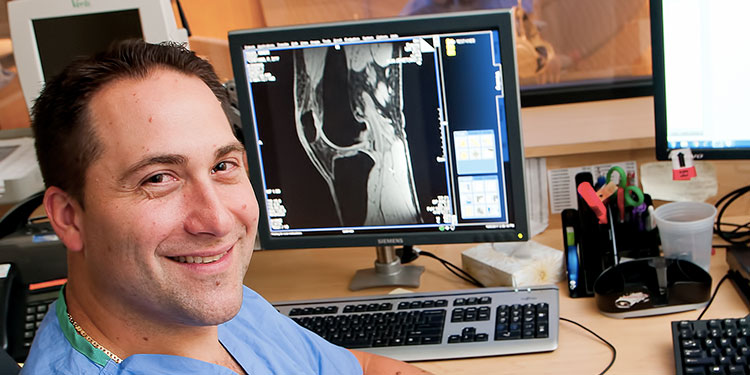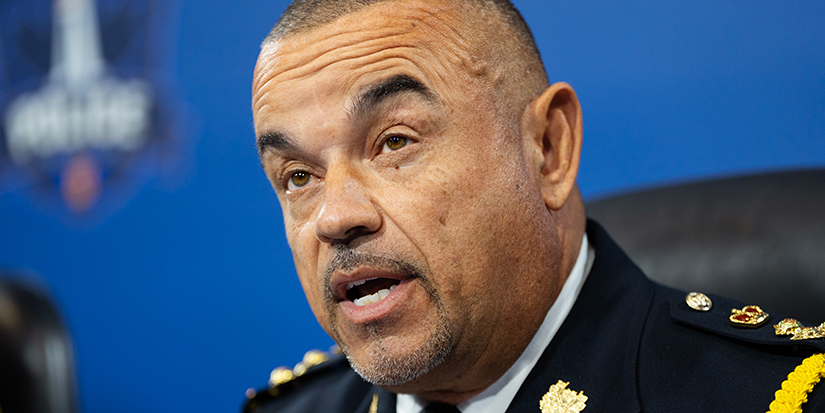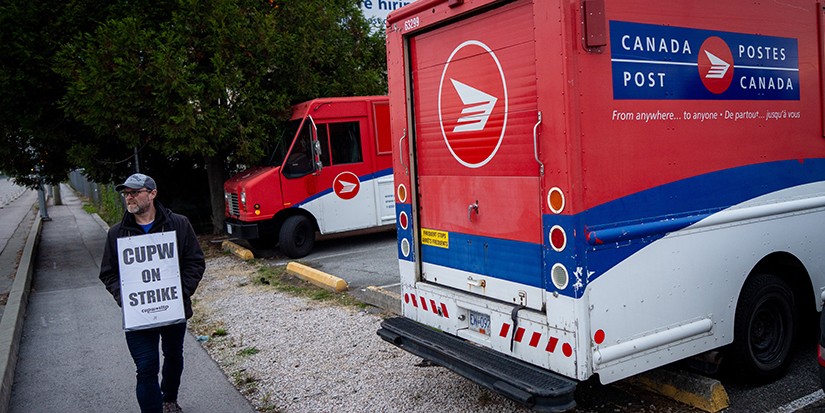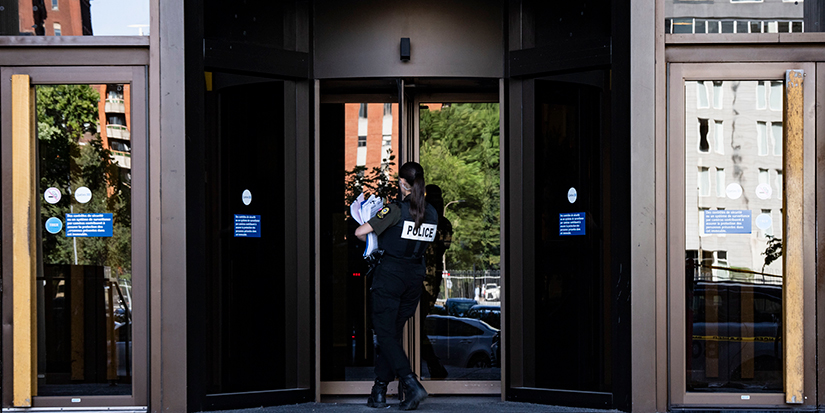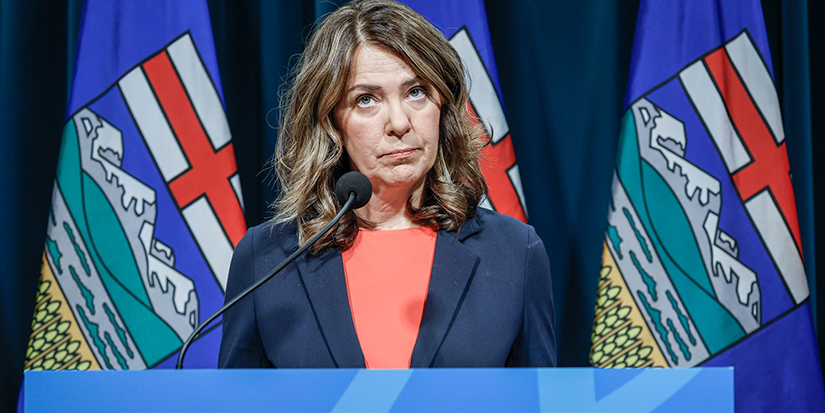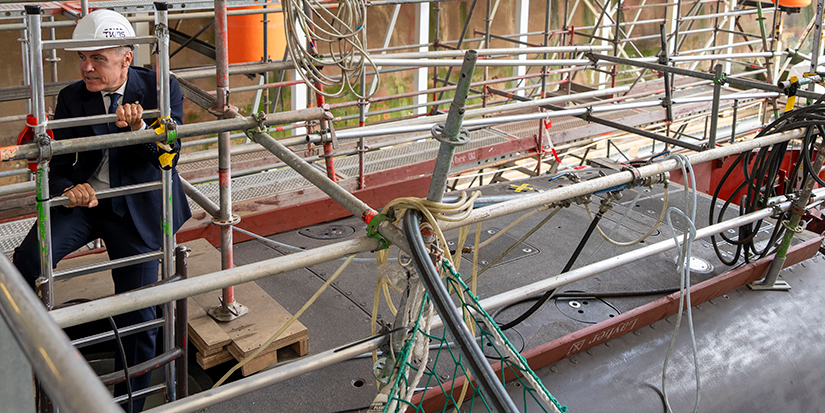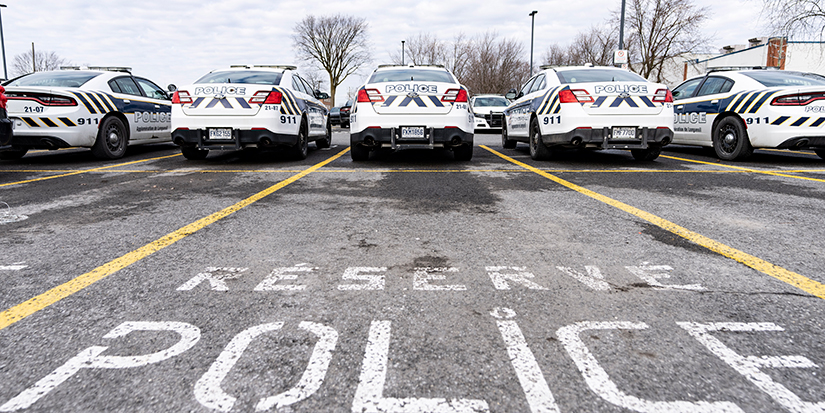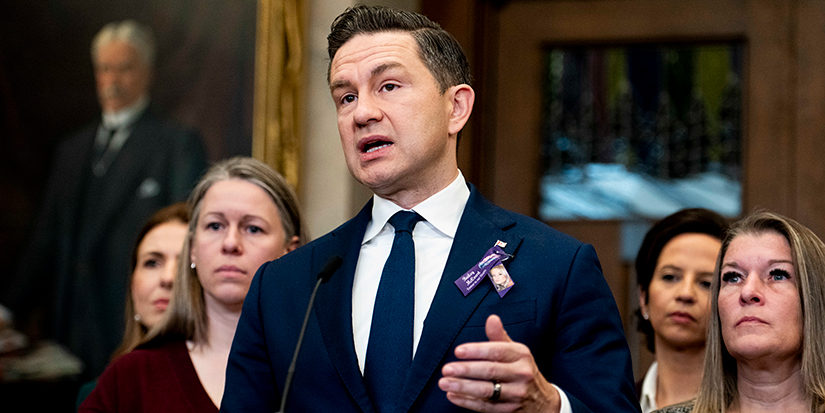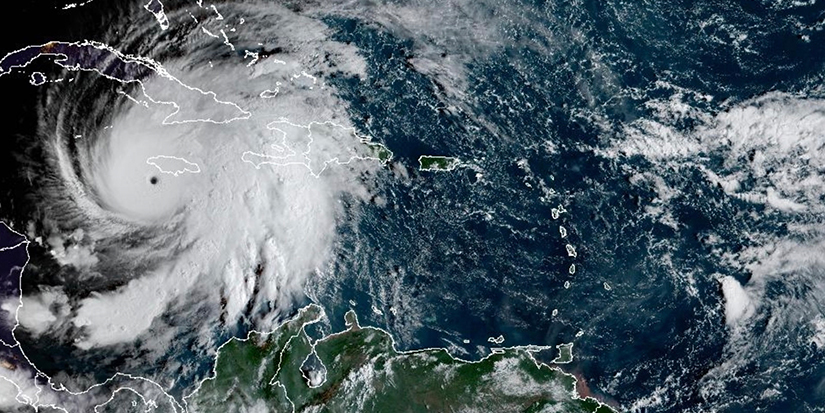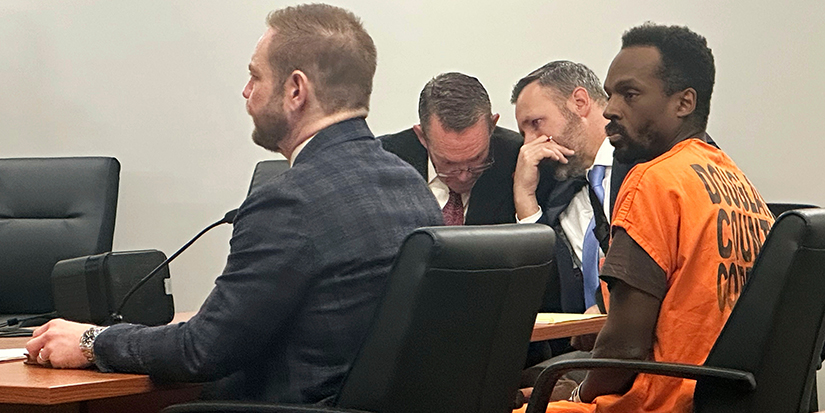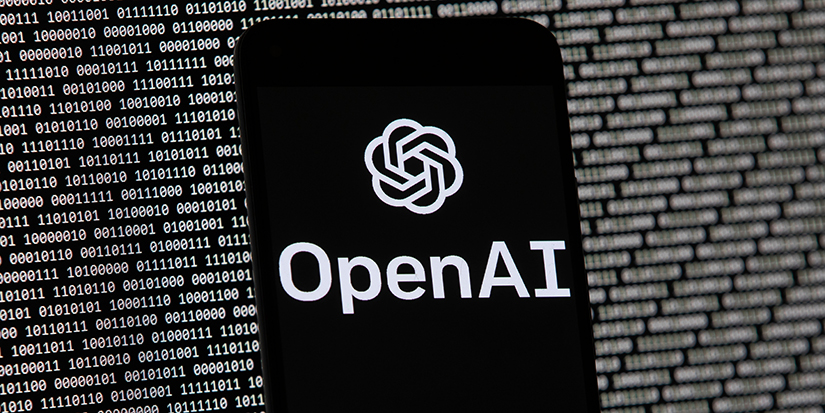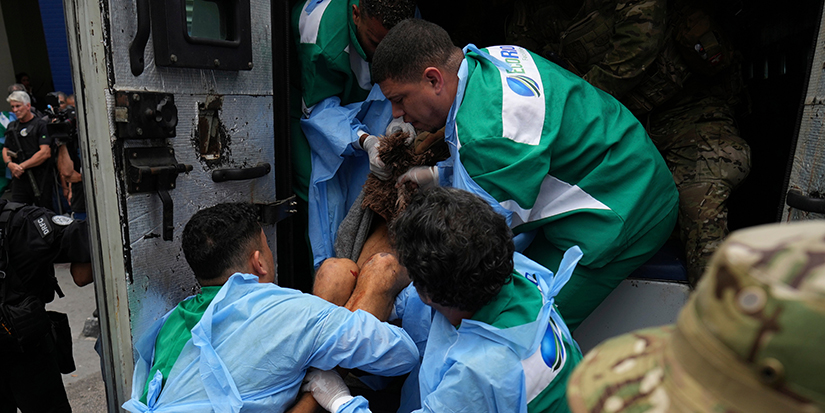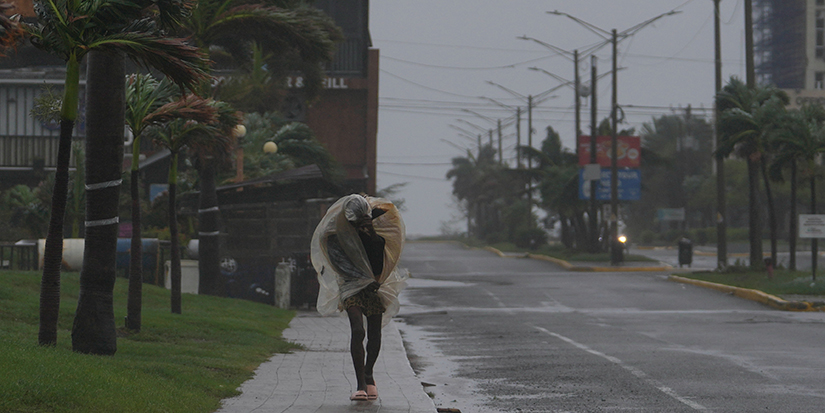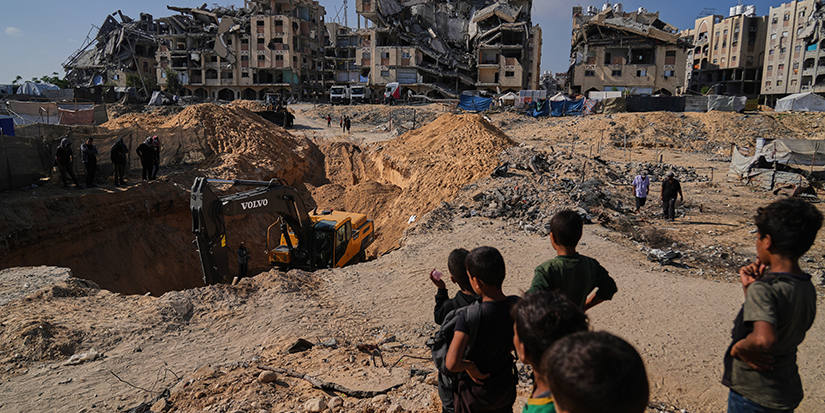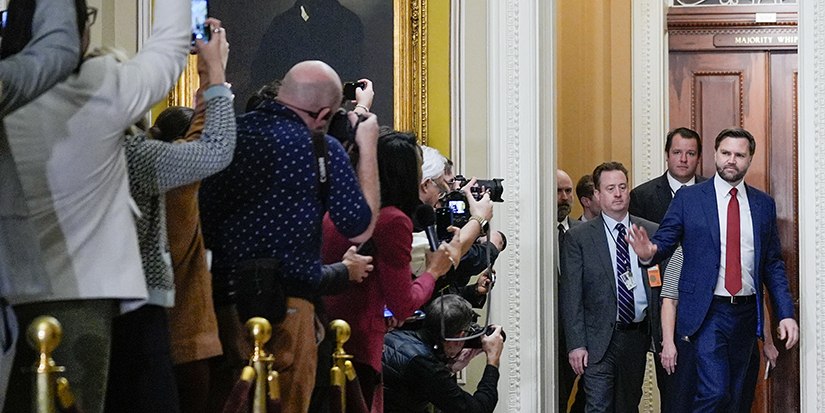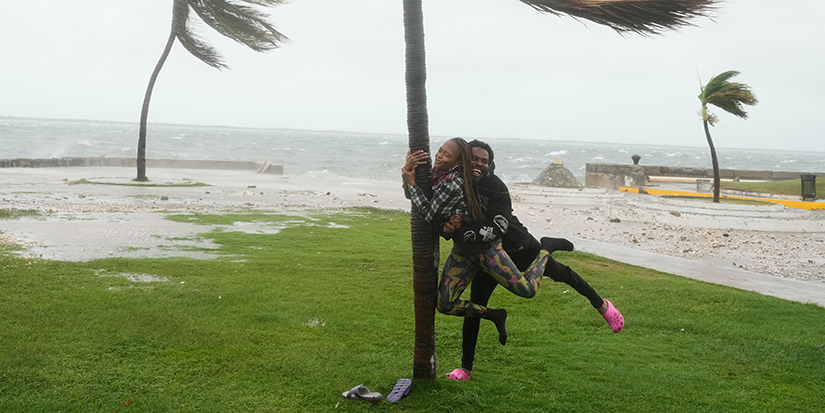Latest News
Magnetic Resonance Imaging aids diagnoses
Published 9:30 PDT, Fri October 13, 2017
Last Updated: 2:12 PDT, Wed May 12, 2021
A Magnetic Resonance Imaging scan, better
known as an MRI, allows physicians to see what’s happening inside your body in
three dimensions using only a magnet, radio waves and computers.
From there, highly-skilled doctors interpret
the slice-by-slice pictures the computer generates. MRI scans are part of the
menu of imaging techniques available to doctors today.
Each technique has strengths and weaknesses.
For instance, X-rays offer two-dimensional, shadow pictures while MRIs offer
three-dimensional images of not just bones but soft tissue as well.
Among the different kinds of medical scans,
only Ultrasound and MRI use no ionizing radiation. Ultrasound uses sound we can’t
hear to create echo pictures, similar to radar. MRI uses a magnetic field and
radio waves to see what’s happening under the skin.
A doctor decides which type of imaging is
best.
An MRI might be best to find a tear in soft
tissue or some kinds of tumours. For a bone problem, an X-ray might be the
better choice.
“Fractures definitely don’t need an MRI,”
says Brian Di Stefano, CT and MRI supervisor at Richmond Hospital’s Diagnostic
Imaging Centre.
There are two MRI units in our community.
The MRI unit at Richmond Hospital does all
the normal scans in addition to providing special, bariatric services. That
means their scanner donut has a larger hole in it to accommodate people who
weigh up to 450 pounds [approximately 200 Kg]. “We’re the go-to scanner for a
lot of these bariatric patients,” says Di Stefano.
The other MRI scanner is owned and operated
by Priority MRI. While it can offer a shorter wait for non-emergency scans,
they are not covered by MSP.
Dr. Syed Haider, managing director, says
there’s special pricing for seniors, veterans and students to make them more
affordable.
For those of us who got our medical education
watching ER or Grey’s Anatomy, what’s different in real life?
According to Di Stefano, doctors don’t do the
scan; highly trained technicians do.
It takes about 30 to 45 minutes instead of
seconds, and a radiologist has to review the images, write a report and send it
to your physician before you get the results.
Richmond Hospital has been able to drop MRI
wait times for non-emergency patients by hiring more staff so the scanner can
operate even outside normal business hours.
With the private pay MRI, you will still need
a medical referral.
“You can’t walk in off the street and say, ‘Here’s
my money and I need an MRI exam right now.’ It doesn’t work that way anywhere
in Canada. You must be referred by family physician or specialist,” says
Haider. At that point, he says, an appointment can be booked within a day or
two. It then takes a similar amount of time for the radiologist to write the
report.
Unlike a private scanner, a hospital-based
scanner takes the patients with the greatest medical need first.
“A knee scan can take half an hour to 45
minutes to do,” Di Stefano says. “Now throw in an ICU patient, vented, who has
17 different lines running to them. You’ve got to safely move that patient from
their ICU bed to an MRI-safe table, run all these lines through a little hole
in the wall so pumps stay out other room. The half hour scan it takes for a
walking, talking patient turns into an hour and a half or two hours for a very
sick person.”
